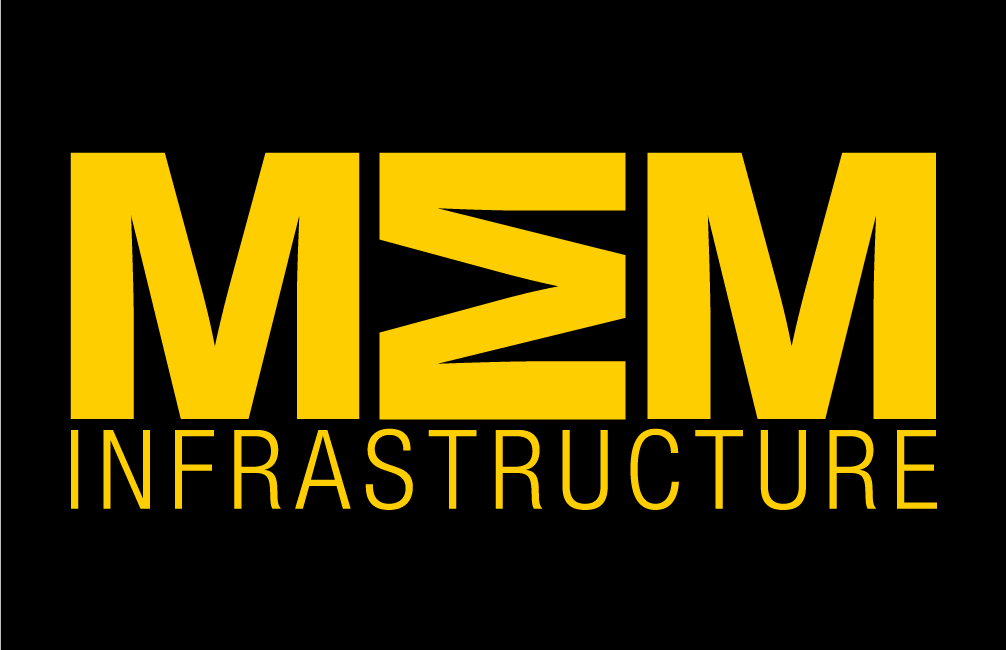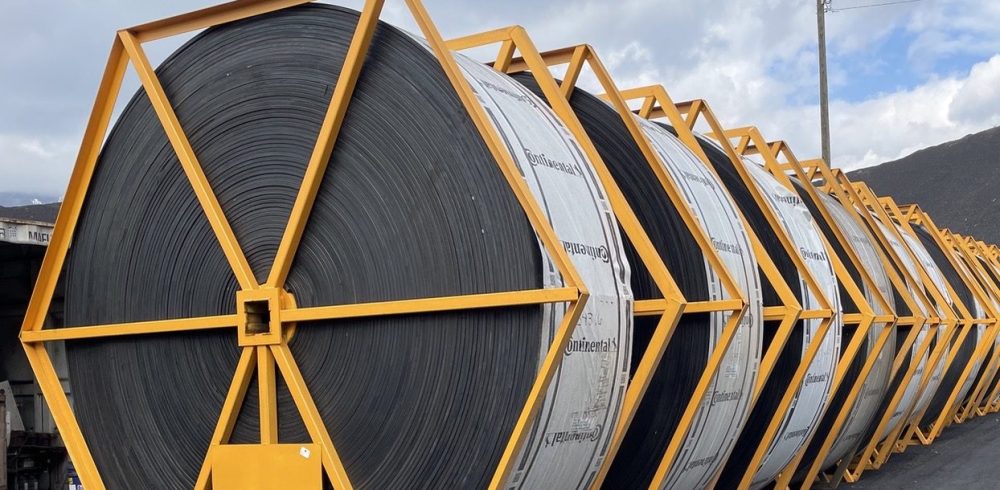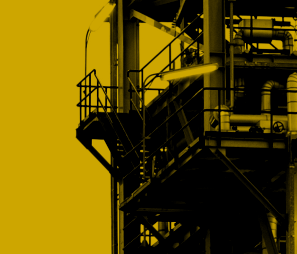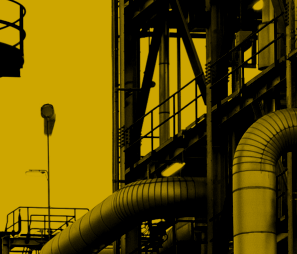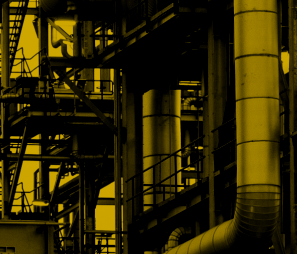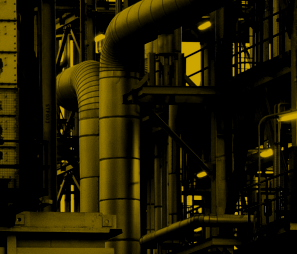Continental announced the expansion of its manufacturing plant in Ponta Grossa, Brazil to accommodate the production of heavy-duty steel cord conveyor belts. The Ponta Grossa plant is now the second location from Continental’s group sector ContiTech to manufacture belts rated up to ST10000, which is considered the world’s strongest belt rating, made to withstand extreme conditions.
“With the expansion of our plant’s capacity in Ponta Grossa, we are raising the standards in the production of the world’s most durable belts,” said Andreas Gerstenberger, head of business area Industrial Solutions Americas at Continental’s group sector ContiTech. “Our goal is to double or even triple our production over the next few years, and by producing heavy duty steel cord conveyor belts in Brazil, we’ll be able to shorten product shipping timelines and better meet the needs of our customers in South America, the world’s largest regional market for heavy steel cord belts.”
As announced, Continental’s investment to expand the production of heavy-duty steel cord conveyor belts will allow the business to better address the demand from local and international markets. The expansion includes production lines featuring advanced new rubber mixing, rubber blanket calendaring, vulcanization, and inspection technologies, with the aim of guaranteeing excellence at every stage of the process.
“Building the additional capacity at our Ponta Grossa facility is a testament to our commitment to advancing our manufacturing capabilities utilizing the latest manufacturing technology,” said Tomas Kostenec, head of operations, Industrial Solutions Americas at Continental. “By producing the world’s strongest steel cord conveyor belts, we are not only meeting the rigorous demands of our customers for high strength belts, but also setting new standards in the industry.”
The Phoenix Phoenocord ST10000 conveyor belt can be manufactured in lengths weighing up to 60 metric tons. With decades of experience, research and development, Phoenix Phoenocord belts have been proven to handle the most extreme conveyor belt applications, delivering extreme durability and reliable performance with high-capacity and high-breaking strength. These capabilities make it the perfect belt for above and below ground use for a multitude of industries, including hard rock mining and other extreme material handling applications. Features of the belt include:
· Life-long splice methods: Splicing methods, which have been validated by Continental and on independent two-pulley splice testers, result in dynamic splice efficiencies that outperform any standard.
· Highest impact resistance: Advanced cover compounds and the insulation gum’s superior adhesion combine to provide the impact, tear and abuse resistance that extreme applications demand.
· Sybercord technology: The special Sybercord cord design in combination with the highest manufacturing and quality standards and advanced splicing technology provides a unique, reliable and unmatched product, performing on the highest level. Sybercord steel cords are optimized in terms of construction and design, utilized materials and processing technology.
· Belt monitoring systems: Continental conveyor belt monitoring systems generate an overall picture of conveyor belt health. The reliable belt monitoring tools can easily be adjusted to accommodate the typical changes that occur over the life of a conveyor belt. Easy to interpret belt condition reports are objectively generated by Continental’s monitoring software.
The Phoenix Phoenocord ST10000 conveyor belt is available to customers and will be on display at MINExpo International, taking place September 24-26 in Las Vegas, Nevada. Attendees who are interested in learning more and seeing the belt in person can visit Continental at booth #10045. For more information, visit www.continental-industry.com.
Manufacturing & Engineering Magazine | The Home of Manufacturing Industry News


